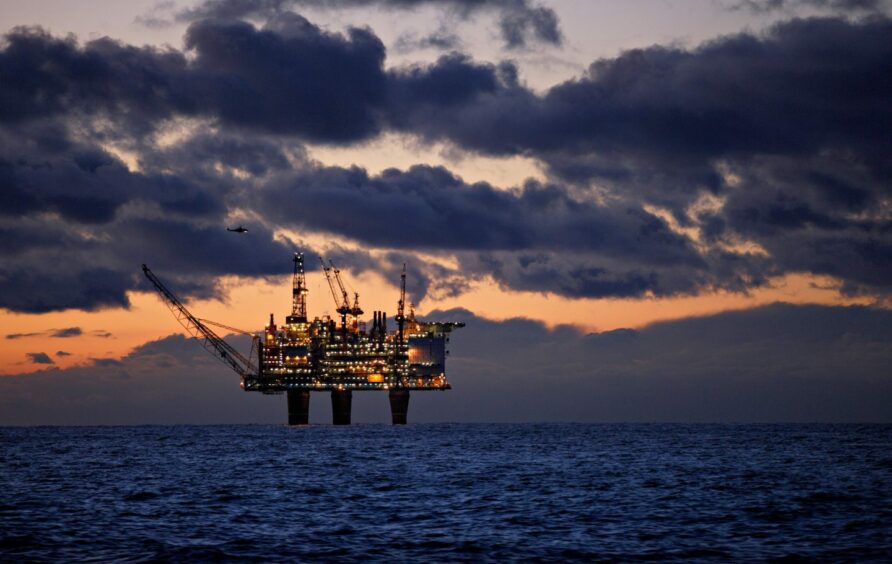
2022 has been a year of challenge with the effects of the Covid-19 pandemic still impacting markets and the war in Ukraine affecting so many. Consequences of such a tumultuous year include the energy supply crisis, the fluctuation in commodity prices, the cost-of-living crisis and the onset of recession, which are all inextricably linked.
Gas is the backbone of the UK’s energy mix, meeting 44% of the country’s electricity generation in July this year. The current energy supply crisis demonstrates the challenges countries, such as the UK, face as oil and gas production declines more rapidly than demand, whilst renewable electricity sources – such as hydrogen – are not yet available at the scale required to fill the gap.
While figures from the trade body Offshore Energies UK (OEUK) showed that domestic gas production in the first half of 2022 was 26% higher than the same period in 2021, and it is forecasted that production in 2022-23 will remain stable, production in the medium term is expected to fall by 15% per year in the face of the continued reluctance to invest by operators.
In 2021 for instance, for the first time the UK imported more gas from Norway than it produced. It is predicted that by 2030, the UK will be importing 80%, based on current trajectories.
The impact of the Energy Profits Levy
While oil and gas companies have enjoyed record profit levels, they have also been hit with a windfall tax known as the Energy Profits Levy (EPL).
The imposition and then increase of the EPL from 25% to 35% (meaning a new effective tax rate of 75% on profits) and the extension of its application from 2025 to March 2028 has created a significant barrier to investment, with TotalEnergies, the French energy giant, recently announcing a 25% cut in investment in the UK North Sea in response to the expanded EPL.
Looking ahead
In 2023 and beyond, the ambition of the UK Government will be to continue to make strides toward achieving the country’s net-zero goals. For the oil and gas energy industry, this will require continued steps towards the provision of cleaner fuel, power and products.
However, the war in Ukraine has brought energy security to the forefront, and its implications will need to be considered alongside the commitment towards energy transition.
With the ongoing development of the offshore wind sector (amongst other less carbon intensive sources of energy), and the lack of political consensus around supporting the oil and gas industry in recent years, it is expected that further expenditure will be incurred in respect of decommissioning.
The decommissioning sector focuses on emissions reduction during operations, repurposing existing infrastructure for CO2 storage, identifying reuse opportunities during onshore disposal and supporting the offshore wind industry.
In OEUK’s recently published “Decommissioning Insight 2022”, OEUK anticipates that about 2,100 wells will be decommissioned over the next decade with almost £20bn spent on decommissioning in the North Sea.
In 2022, 14% of the UK’s oil and gas expenditure was spent on decommissioning, and this is expected to rise to 19% by 2031.
It is expected that, together with the continued and increased shift towards low-carbon projects such as carbon capture and storage, wind, and hydrogen, oil and gas will remain a part of the UK’s energy mix in the foreseeable future as the alternative would be to increase its import dependence.
However, it is difficult to see how the UK will be able to reduce its reliance on imports and address concerns around energy security with the recently announced extension of the EPL, particularly if other operators follow TotalEnergies’ lead in cutting investment.
Recommended for you
